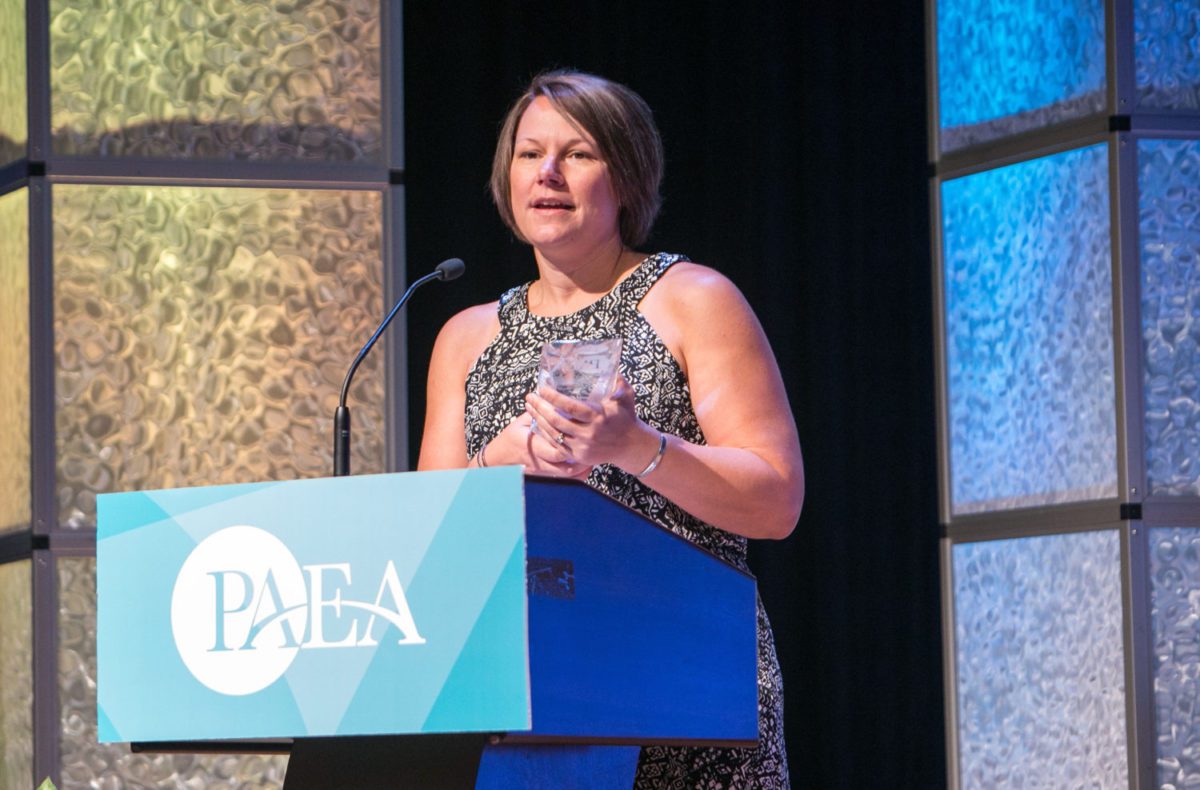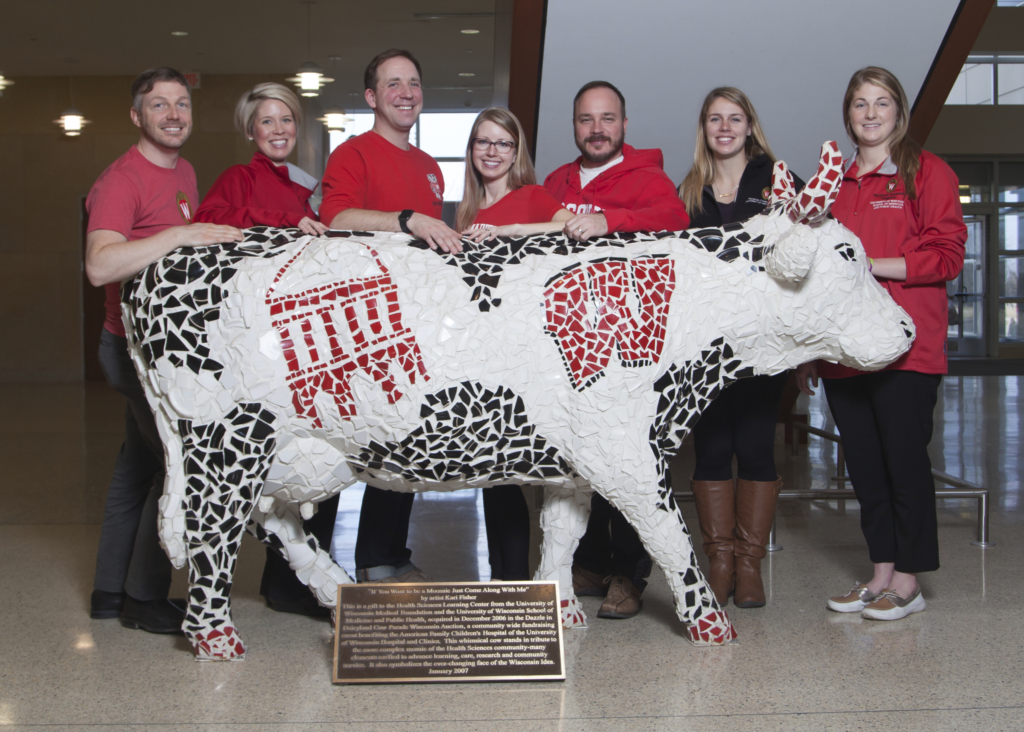
Ask Michelle Ostmoe how to attract desperately needed physician assistants to rural and underserved communities in Wisconsin and beyond, and her answer is decided: Find health care workers already living in these areas and train them there.
Ostmoe should know. As educational technology consultant for the University of Wisconsin–Madison Physician Assistant Program for the past 17 years, it has been her job—and her mission—to provide the tools distance learning students need to train as physician assistants no matter where they reside.
“My job is to guarantee that no matter how our students are learning, they’re meeting the same competencies,” Ostmoe explains. “We are constantly developing technology tools to connect our distance learning students to the program. We want to assure them that they’re receiving the same level of education as on-campus students.”
Training PAs where they live

Founded in 1974, the UW-Madison Physician Assistant Program launched its distance education track in 2001. The part-time master’s degree program takes 36months to complete, including two years of didactic instruction followed by a one-year clinical rotation. Most work can be completed in or around the student’s home community.
Curriculum is primary-care oriented, emphasizing topics including public health, evidence-based medicine, and clinical research methods and design. While applicants come from across the United States, those residing in medically underserved communities in Wisconsin are given preference.
“The goal is to recruit health care workers who are already tied to their communities,” Ostmoe says. “These students may have jobs, families, and other activities that prevent them from moving away to complete a PA program. The distance education track keeps them in their home communities, where most of them will remain after graduation to practice as physician assistants.”
Outcomes speak to the program’s success, with an average of 99 percent of students over a five-year period passing the national certification exam the first time. Job placement for students is outstanding, particularly in Wisconsin. And during 2012-2015, graduate placement in Health Professional Shortage Areas increased from 9 to 36 percent.
Award-winning work
With more than 80 percent of the distance track completed online, it’s easy to understand why Ostmoe’s role leading curriculum and instructional design is so critical to the program’s success. Fortunately, it’s a role in which she excels.
In October Ostmoe received the national Administrative Support Staff Award from the Physician Assistant Education Association for her work in creating equitable experiences and outcomes for all PA students.
In her nomination letter, program faculty, staff, and students laud Ostmoe for both her technological expertise and dedication to faculty and student success. Wrote one student, “Michelle is more than a master of technology and learning. She is a mentor to me. She genuinely enjoys helping others, and has a strength in connecting with the many students she works with.”
For her part, Ostmoe is proud of the work the program is providing to communities most in need. “So many health care professionals leave their communities to get additional training and never return. That can be a devastating loss for a community where there may only be a handful of emergency medical technicians or nurses in the entire county. There’s a great need in these areas, and we’re helping to fill that need.”
Learn more about the Physician Assistant Program. Applications for the next cohort will be available on April 25, 2019 and must be submitted by August 1.